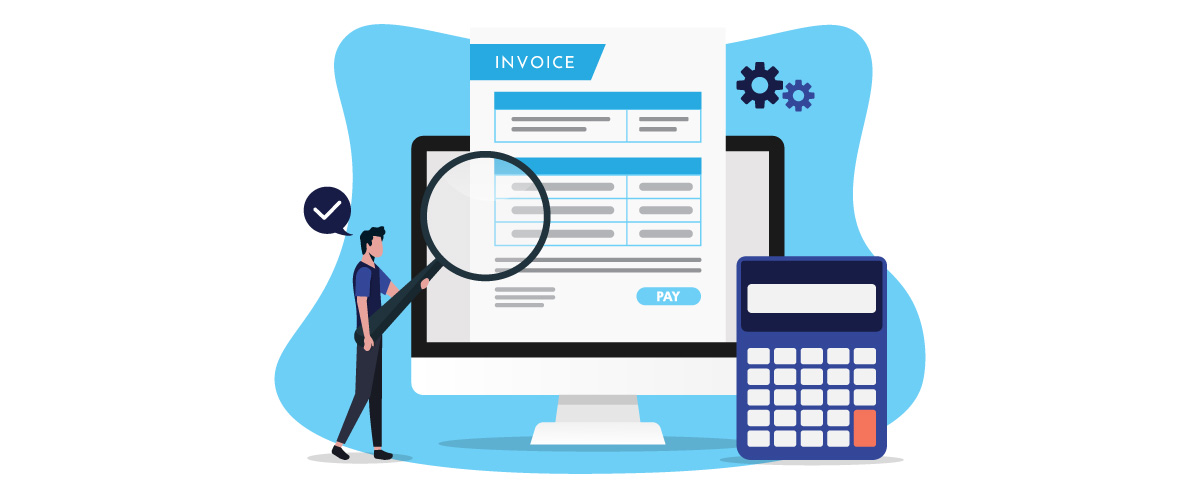
Top Reasons Developers Use Utility Bills for Testing
In the world of software development, especially in fintech, banking, KYC (Know Your Customer), and identity verification applications, utility bills have become essential testing assets. These documents—such as electricity, water, gas, and internet bills—contain realistic user data that simulate real-world scenarios. Developers rely on utility bills not for their content per se, but for the structure and data formats that closely mimic what actual users will upload or submit. Below are the top reasons why utility bills are commonly used for testing by developers:
1. Realistic Data for KYC and Onboarding Simulation
Many applications, especially in banking, crypto, insurance, and government sectors, require KYC document uploads during user onboarding. Utility bills are widely accepted as proof of address. Developers use them to test:
● OCR (Optical Character Recognition) systems
● Address verification logic
● Document upload features
● Layout detection tools
Using realistic utility bills ensures the application correctly extracts and validates names, addresses, billing dates, and reference numbers.
2. Testing Document Upload and Compression Features
Users often upload high-resolution images or PDFs of utility bills. Developers need to test:
● File size restrictions
● Compression techniques
● File format compatibility
● Upload speed and UI responsiveness
Using real-looking utility bills helps simulate actual user behavior and catch UI/UX issues early.
3. Validating Data Extraction and Parsing Accuracy
Utility bills follow a structured format but vary by region and utility provider. Developers test their parsing algorithms and data extraction pipelines on different types of bills to ensure:
● Extraction of correct fields (e.g., customer name, service address, account number)
● Handling of different date and currency formats
● Tolerance to design differences (column layout, branding, logos)
This helps improve the reliability of software systems that depend on document analysis.
4. Enhancing Machine Learning and AI Models
For AI models that deal with document classification, NLP, or computer vision, utility bills serve as training or testing datasets. Developers use them to:
● Train models to distinguish between bill types (electricity vs. internet)
● Improve text recognition accuracy
● Enhance fraud detection models by analysing document authenticity
Synthetic utility bills or anonymised real ones are often included in large datasets for AI development.
6. UI/UX Testing with Visual Layouts
Because utility bills have diverse formats, developers and designers use them to test:
● How well the UI renders different layouts
● Responsiveness on mobile vs. desktop
● Scroll and zoom behaviour during document preview
● Input fields and auto-fill accuracy when extracted data populates forms
Realistic-looking utility bills help ensure the user experience is smooth, even for less tech-savvy users.
Conclusion
Utility bills are more than just documents—they’re valuable testing tools that help developers simulate real-world user behavior, improve document recognition systems, and ensure regulatory compliance. Whether testing upload workflows, training AI models, or detecting fraud, utility bills provide the realism and variability developers need to build robust, user-ready applications. As the digital identity space grows, the role of utility bills in testing environments will remain critical to success.